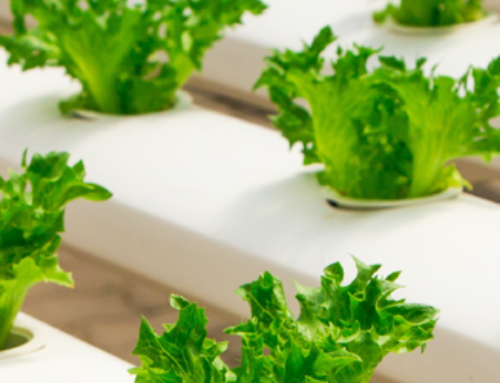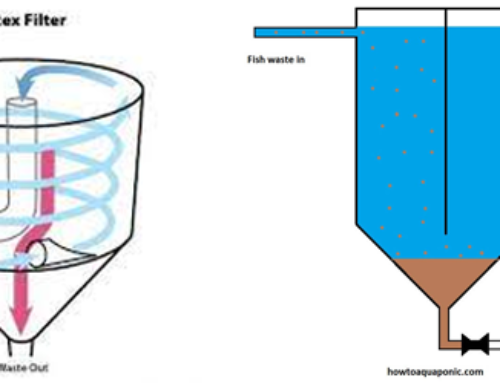The need for fertilisers:
Plants need to be fertilised because most soil does not provide the essential nutrients required for optimum growth. Even if you are lucky enough to start with great garden soil, as your plants grow, they absorb nutrients and leave the soil less fertile.
There are six primary nutrients that plants require. Plants get the first three—carbon, hydrogen and oxygen—from air and water. The other three are nitrogen, phosphorus and potassium come from the soil.
- Nitrogen helps plants make the proteins they need to produce new tissues. In nature, nitrogen is often in short supply so plants have evolved to take up as much nitrogen as possible, even if it means not taking up other necessary elements. If too much nitrogen is available, the plant may grow abundant foliage but not produce fruit or flowers. Growth may actually be stunted because the plant isn’t absorbing enough of the other elements it needs.
- Phosphorus stimulates root growth, helps the plant set buds and flowers, improves vitality and increases seed size. It does this by helping transfer energy from one part of the plant to another. To absorb phosphorus, most plants require a soil pH of 6.5 to 6.8. Organic matter and the activity of soil organisms also increase the availability of phosphorus.
- Potassium improves overall vigor of the plant. It helps the plants make carbohydrates and provides disease resistance. It also helps regulate metabolic activities.
There are three additional nutrients that plants need, but in much smaller amounts:
- Calcium is used by plants in cell membranes, at their growing points and to neutralize toxic materials. In addition, calcium improves soil structure and helps bind organic and inorganic particles together.
- Magnesium is the only metallic component of chlorophyll. Without it, plants can’t process sunlight.
- Sulphur is a component of many proteins.
Finally, there are eight elements that plants need in tiny amounts.
These are called micronutrients and include boron, copper and iron. Healthy soil that is high in organic matter usually contains adequate amounts of each of these micronutrients.
Organic vs. Synthetic Fertilisers
Do plants really care where they get their nutrients? Yes, because organic and synthetic fertilisers provide nutrients in different ways. Organic fertilisers are made from naturally occurring mineral deposits and organic material, such as bone or plant meal or composted manure. Synthetic fertilisers are made by chemically processing raw materials.
In general, the nutrients in organic fertilisers are not water-soluble and are released to the plants slowly over a period of months or even years. For this reason, organic fertilisers are best applied in the fall so the nutrients will be available in the spring. These organic fertilisers stimulate beneficial soil microorganisms and improve the structure of the soil. Soil microbes play an important role in converting organic fertilisers into soluble nutrients that can be absorbed by your plants. In most cases, organic fertilisers and compost will provide all the secondary and micronutrients your plants need.
Synthetic fertilisers are water-soluble and can be taken up by the plant almost immediately. In fact applying too much synthetic fertiliser can “burn” foliage and damage your plants. Synthetic fertilisers give plants a quick boost but do little to improve soil texture, stimulate soil life, or improve your soil’s long-term fertility. Because synthetic fertilisers are highly water-soluble, they can also leach out into streams and ponds. Synthetic fertilisers do have some advantages in early spring. Because they are water-soluble, they are available to plants even when the soil is still cold and soil microbes are inactive. For this reason, some organically-based fertilisers, such as PHC All-Purpose Fertilizer, also contain small amounts of synthetic fertilisers to ensure the availability of nutrients.
For the long-term health of your garden, feeding your plants by building the soil with organic fertilizers and compost is best. This will give you soil that is rich in organic matter and teeming with microbial life.
Foliar Feeding?
Plants can absorb nutrients eight to 20 times more efficiently through their leaf surfaces than through their roots. As a result, spraying foliage with liquid nutrients can produce remarkable yields. For best results, spray plants during their critical growth stages such as transplanting time, blooming time and just after fruit sets.
What About pH?
Even if proper nutrients are present in the soil, some nutrients cannot be absorbed by plants if the soil pH is too high or too low. For most plants, soil pH should be between 6.0 and 7.0. A soil test will measure the pH of your soil. Lime or wood ash can be used to raise pH; sulfur or aluminum sulfate can lower pH. Keep in mind that it’s best to raise or lower soil pH slowly over the course of a year or two. Dramatic adjustments can result in the opposite extreme, which may be worse than what you started with.
Once again, a helpful solution is to apply compost. Compost moderates soil pH and is one of the best ways to maintain the 6.5 ideal.
How to Choose a Fertilizer
In most cases, an all-purpose fertilisers with a N-P-K ratio of 1:1:1 will provide the nutrients all plants need for healthy growth. The proportion of each macronutrient the fertiliser contains (nitrogen (N), phosphorus (P) and potassium (K)) “N-P-K” ratio reflects the available nutrients —by weight—contained in that fertilizer. For example, if a 100-Kg bag of fertilizer has an N-P-K ratio of 5-7-4, it contains 5 Kg of nitrate, 7 Kg of phosphate (which contains phosphorus), 4 Kg of potash (which contains potassium) and 84 Kg of filler.
Note that the N-P-K ratio of organic fertilisers is typically lower than that of a synthetic fertiliser. This is because by law, the ratio can only express nutrients that are immediately available. Most organic fertilizers contain slow-release nutrients that will become available over time. They also contain many trace elements that might not be supplied by synthetic fertilisers.
To build the long-term health and fertility of your soil, we recommend using granular organic fertilizers. Supplementing with a water-soluble fertiliser ensures that your plants have the nutrients they need when they’re in active growth




